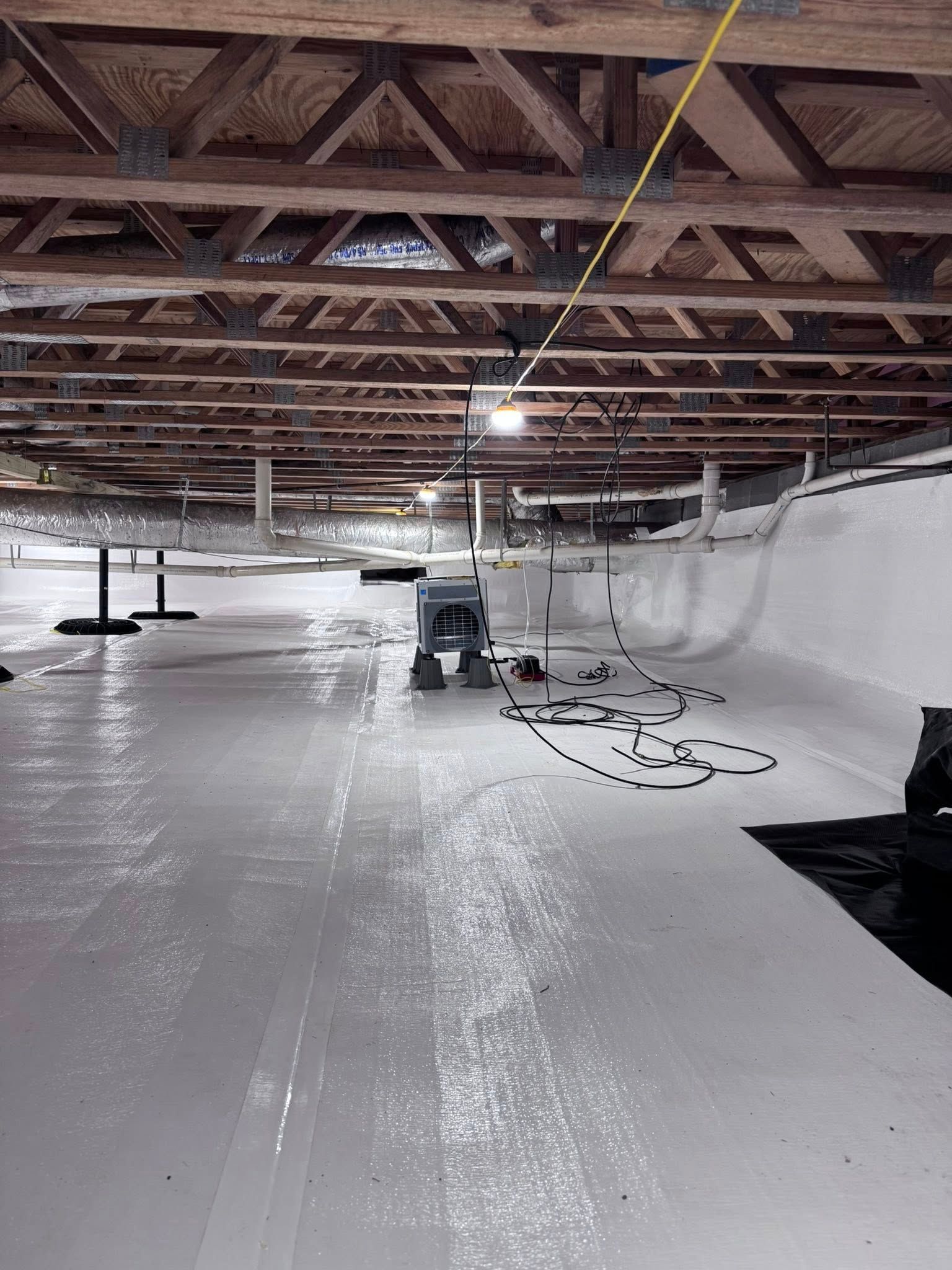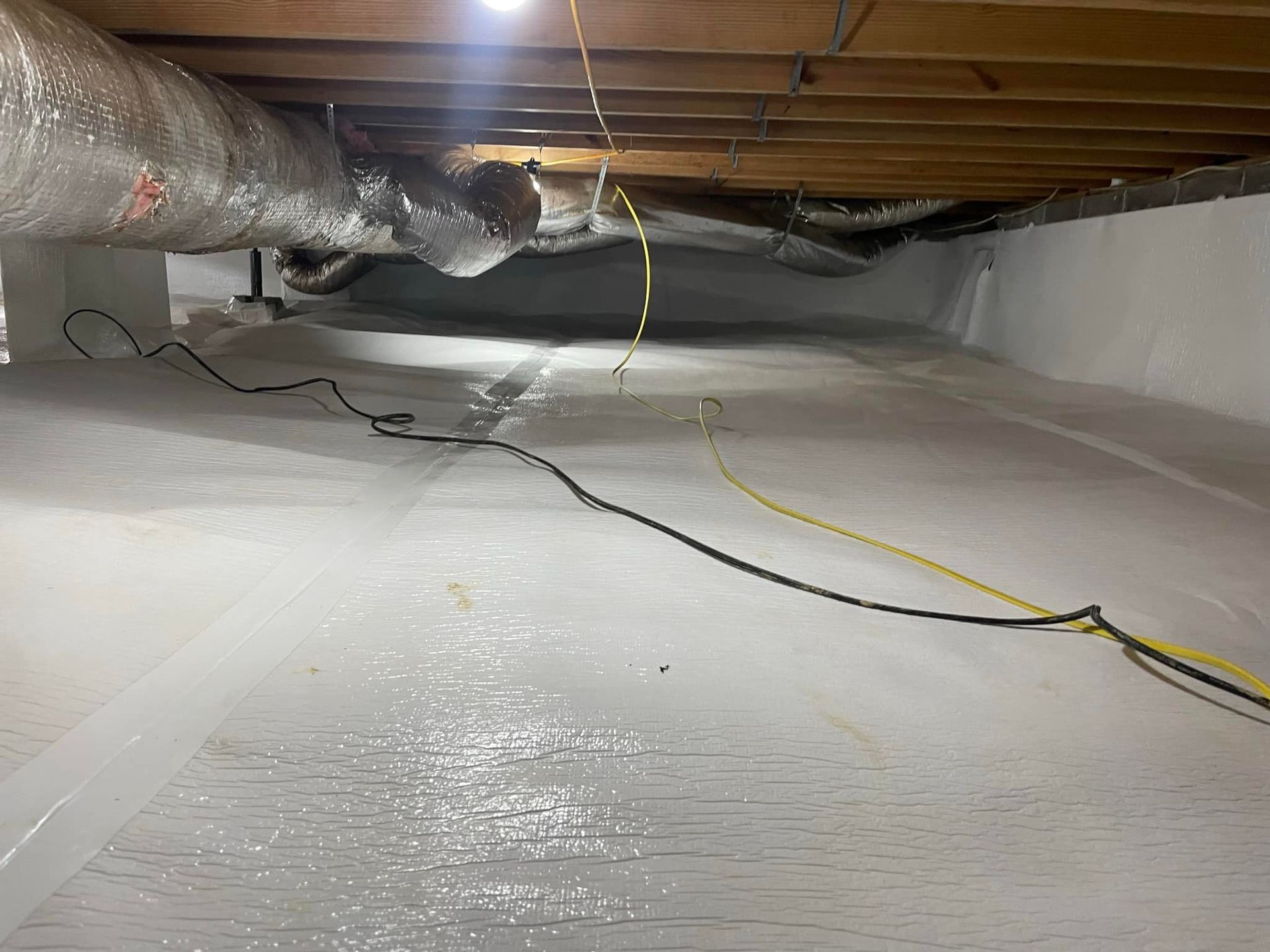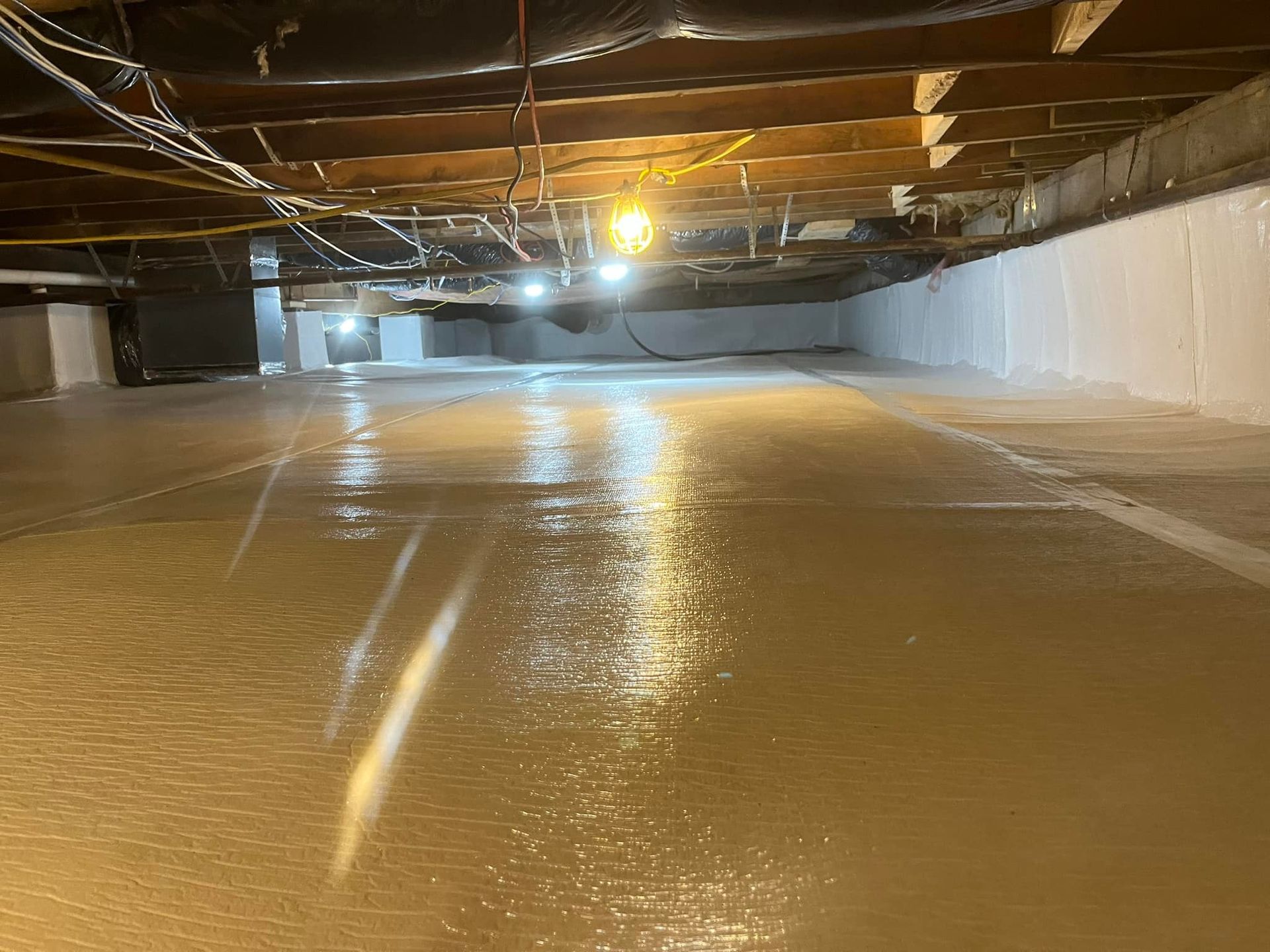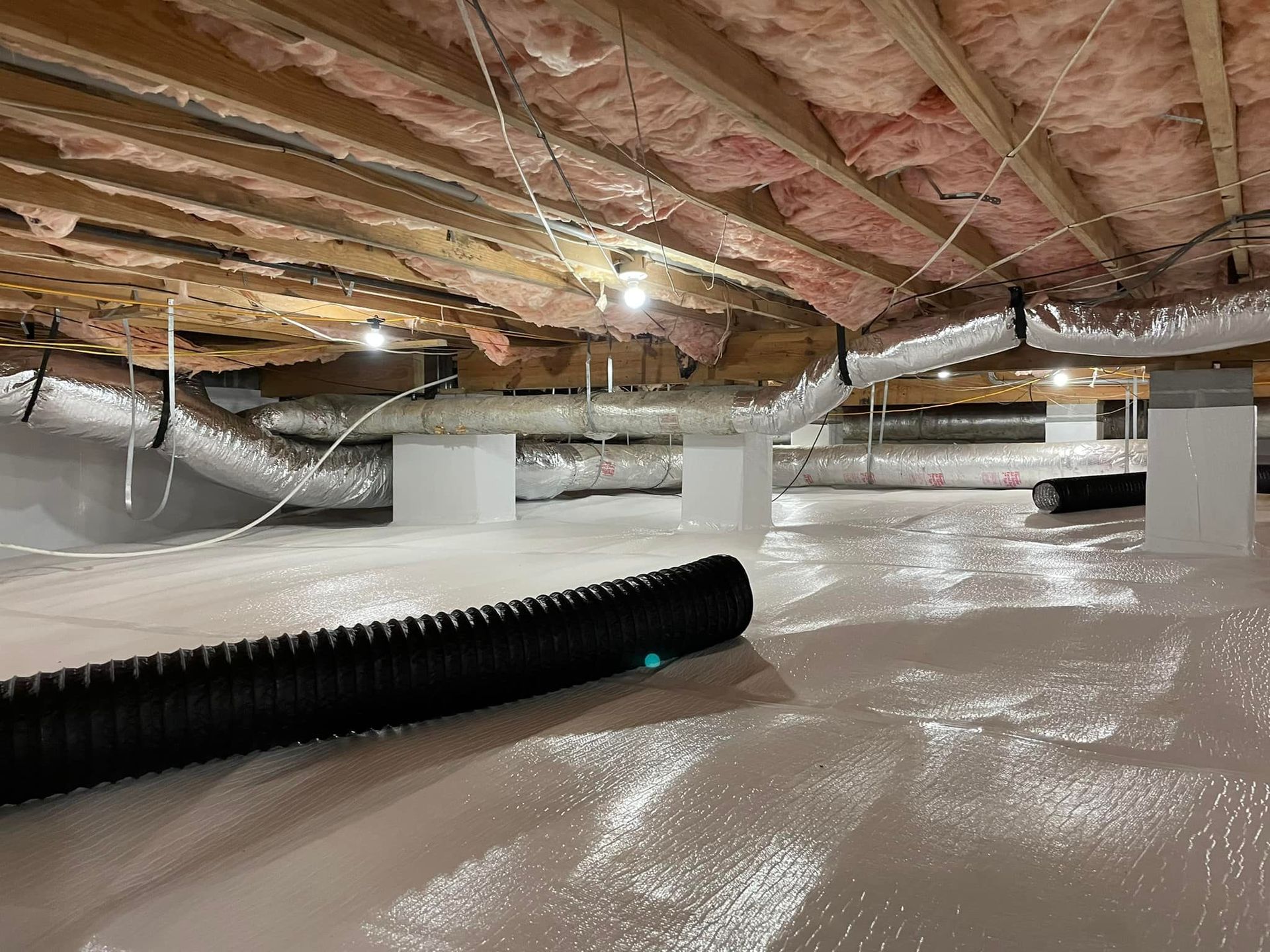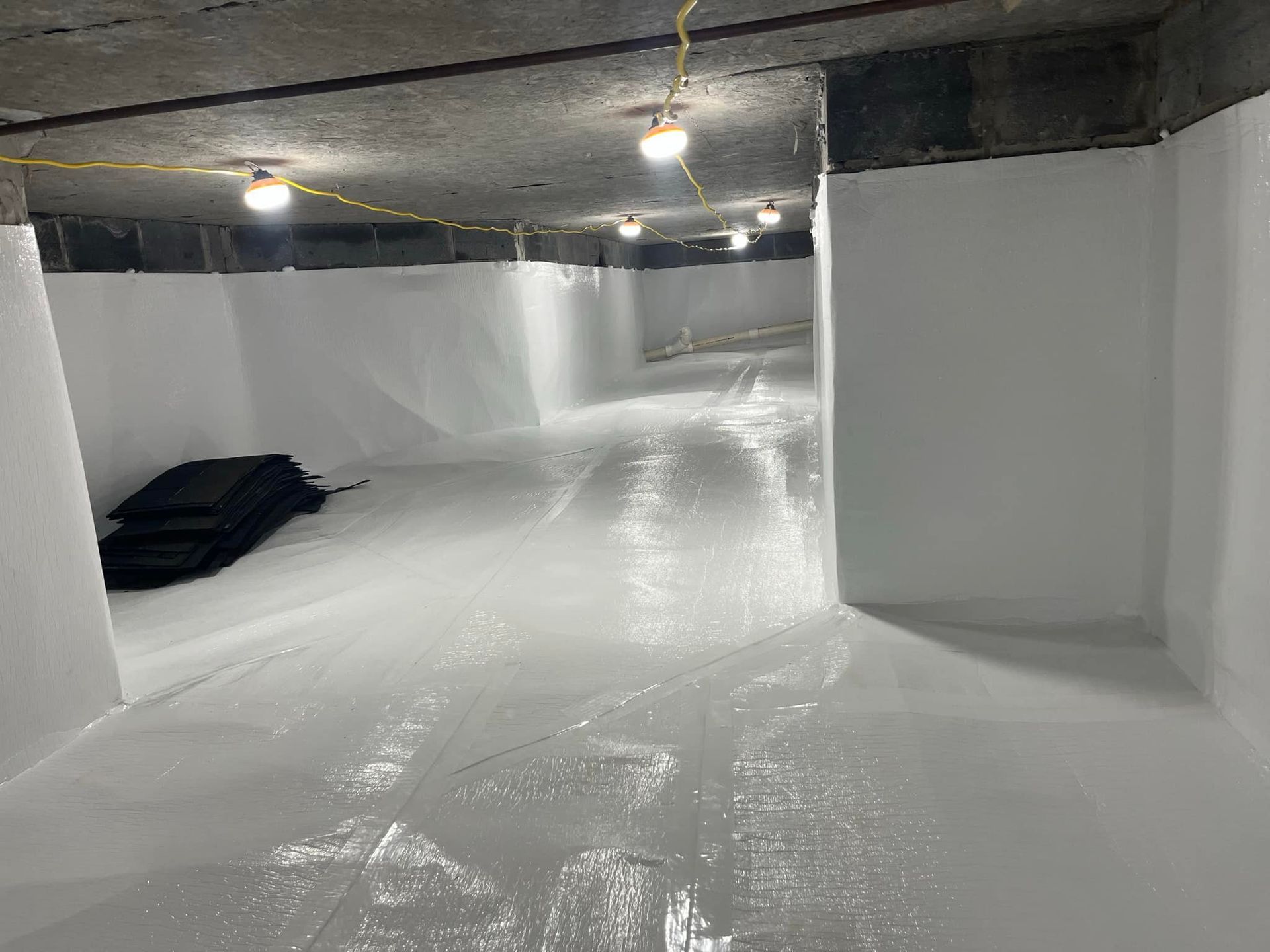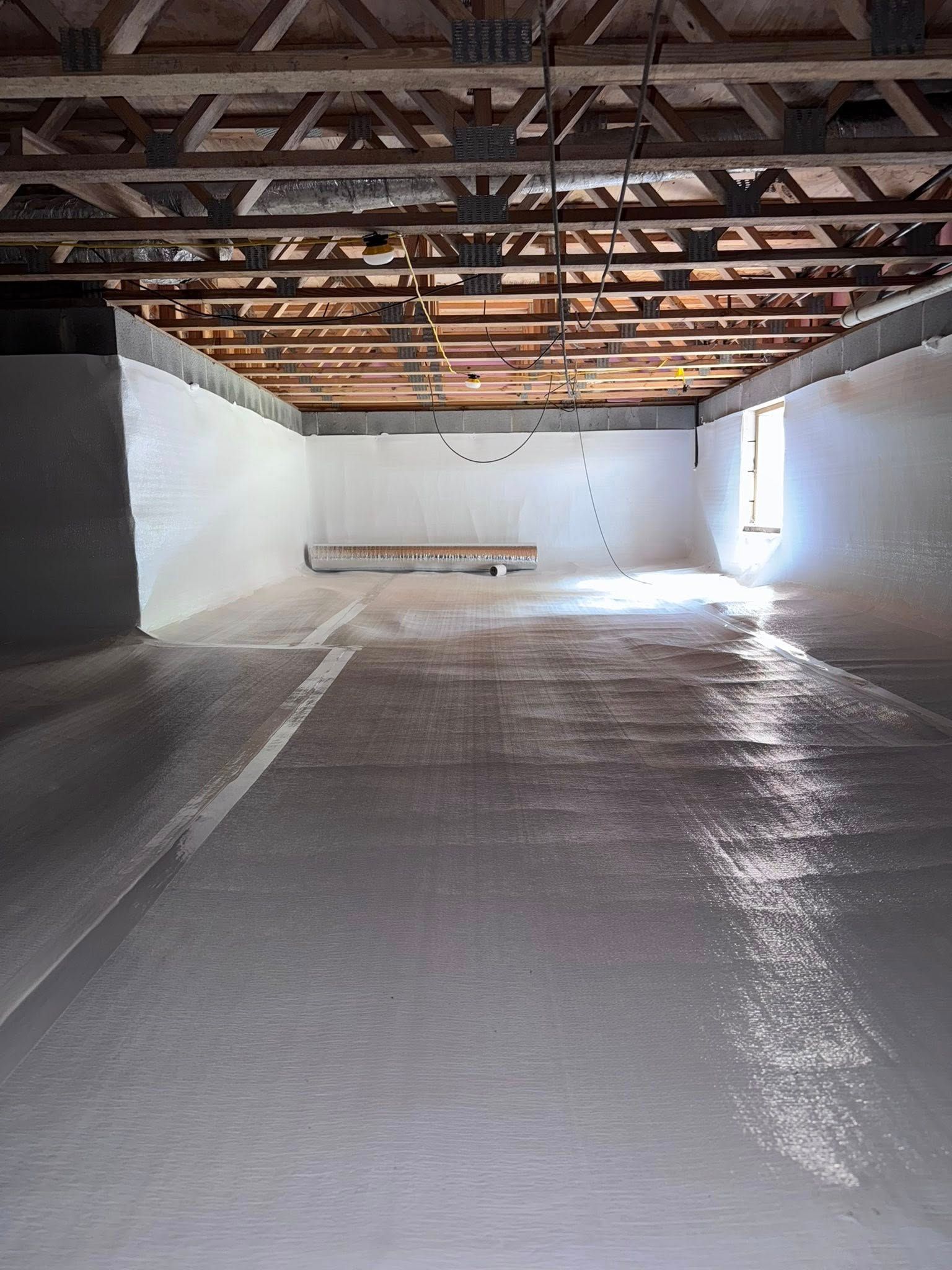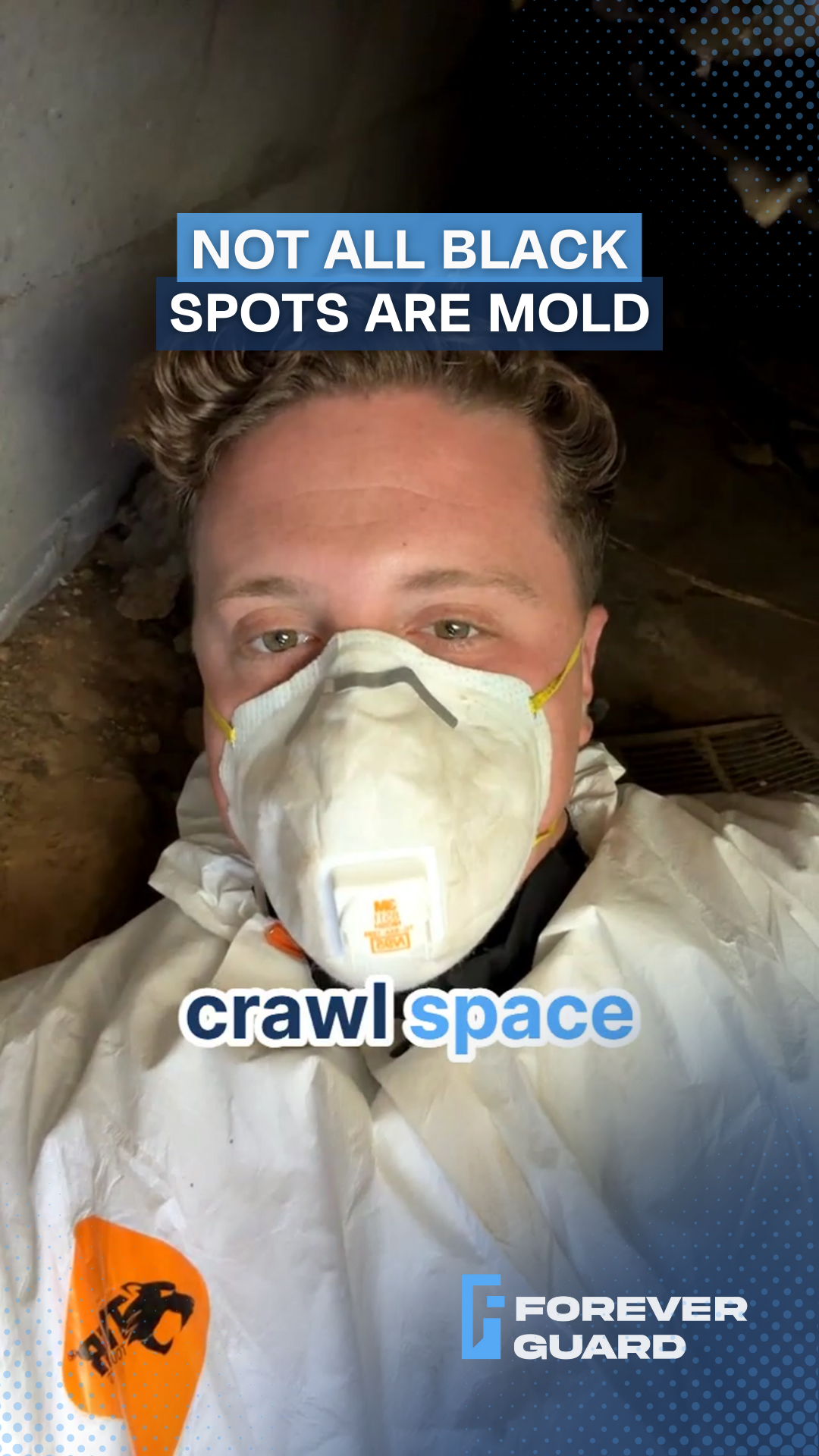The Hidden Damage of Poor Encapsulation in Historic Homes: What We Found
A 115-Year-Old Home Reveals the True Cost of Cut-Rate Crawl Space Work
Inside look at how cheap materials and poor installation threaten historic properties
I just inspected a crawl space encapsulation in a home that's stood for 115 years.
This house has weathered two world wars, countless storms, and generations of families.
But now it's facing a new threat - poor workmanship from a big contractor who chose cheap materials over proper protection.
What we found isn't just disappointing - it's a textbook example of how cutting corners creates bigger problems, especially in historic homes.
These century-old structures need special attention and quality materials. Instead, this home got quick fixes that are already failing.
Red Flag #1: The Vapor Barrier Problem
The first issue jumped out immediately: they used a reinforced vapor barrier that's causing serious problems. While it might look sturdy at first glance, this roughly 20-mil material is already delaminating. Worse, it's releasing a distinct cat urine smell - a common problem with cheap reinforced barriers when their adhesive starts breaking down.
This isn't just about unpleasant odors. When a vapor barrier delaminates, it stops doing its job of protecting your crawl space. In a historic home like this, that means:
- Moisture can get trapped between layers
- The barrier can start separating from walls
- Protection becomes inconsistent
- Future repairs become more complicated
Quality vapor barriers cost more for a reason. They maintain their integrity, don't delaminate, and actually protect your investment. When you're dealing with a 115-year-old home, using inferior materials isn't just shortsighted - it's disrespectful to the property's history and your wallet.
Red Flag #2: Ignored Existing Issues
Walking through this historic crawl space revealed another major oversight. The contractor installed their system right over existing problems - like putting a Band-Aid on a broken arm. We found significant fungal growth on untreated joists and insulation falling from the ceiling throughout the space.
In a century-old home, these structural elements have already endured decades of stress. Covering up fungal growth instead of treating it first is like ignoring a slow-burning fire. These joists need proper treatment and care, not neglect hidden behind a vapor barrier.
Red Flag #3: Equipment Failures
Perhaps the most concerning issue is the dehumidifier setup. They installed an undersized, Chinese-made unit that simply can't handle this space. Think of it like buying a compact car to do a semi-truck's job - it's just not going to work.
Even worse, they didn't run ductwork into several sections of the crawl space that extend for thousands of square feet. That means large areas of this historic home have zero dehumidification protection. In a space this size, with this much history, proper coverage isn't optional - it's essential.
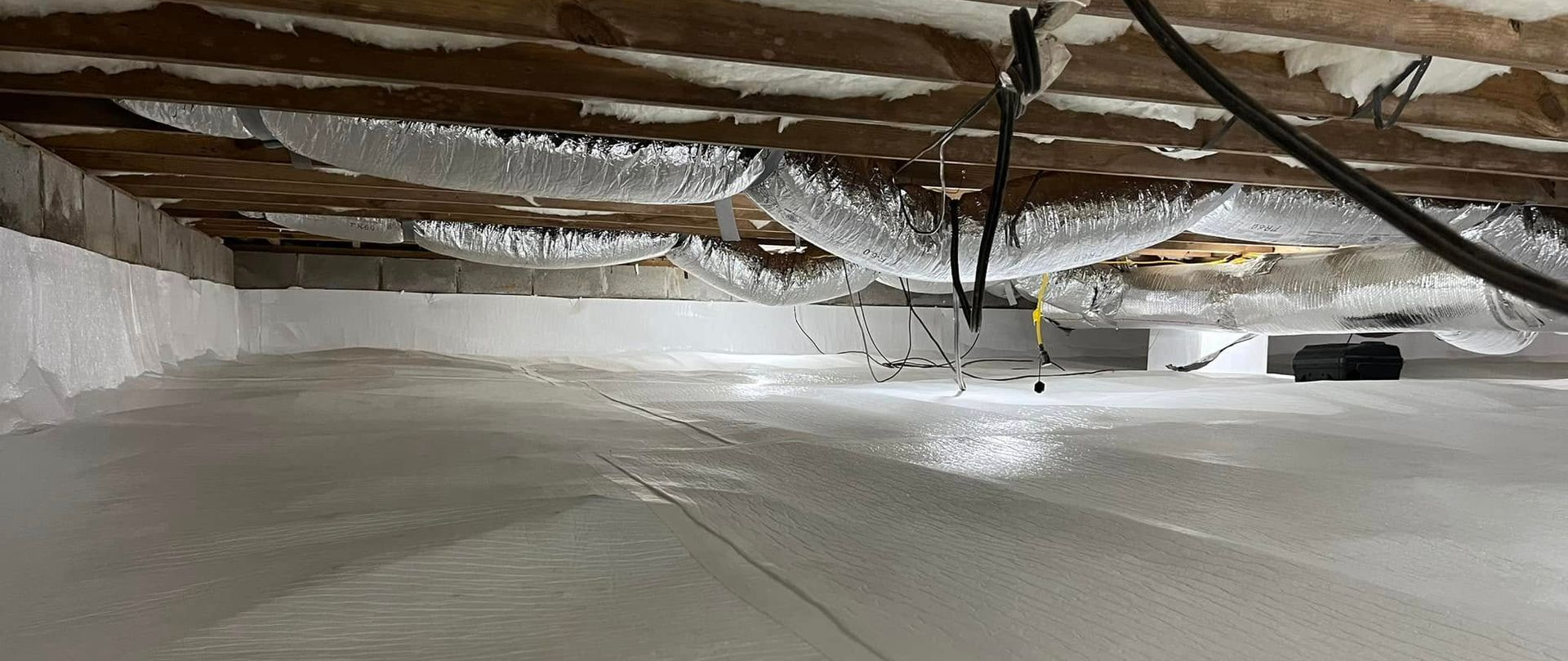
Protecting Your Historic Home's Future
When you own a historic home, you're not just a homeowner - you're a caretaker of history. Proper crawl space encapsulation should:
- Use premium vapor barriers that maintain integrity
- Include complete fungal treatment before installation
- Feature correctly sized, quality dehumidification equipment
- Provide thorough coverage to all areas
- Seal entry points against critters and moisture
Remember, these homes have stood for over a century because previous owners did things right. They deserve better than quick fixes and cut corners. Proper protection costs more upfront but saves thousands in prevented damage.
Make the Right Choice First Time
Look, I get it. When you're getting quotes for crawl space work, especially in a historic home, those big company prices might seem attractive. But as this 115-year-old house shows us, going with the cheaper option often means paying twice.
Here's what to look for in quality crawl space encapsulation:
- Premium vapor barriers that won't delaminate or create odors
- Complete treatment of existing issues before encapsulation
- Properly sized, American-made dehumidification equipment
- Full coverage, including hard-to-reach areas
- Professional sealing against pests and moisture
Before You Sign Any Contracts:
- Ask about material specifications
- Request details about their treatment process
- Get clear answers about equipment sizing
- Ensure complete coverage in the quote
- Check reviews from other historic home owners
Your historic home has stood strong for over a century. Make sure your crawl space work honors that legacy instead of undermining it.
